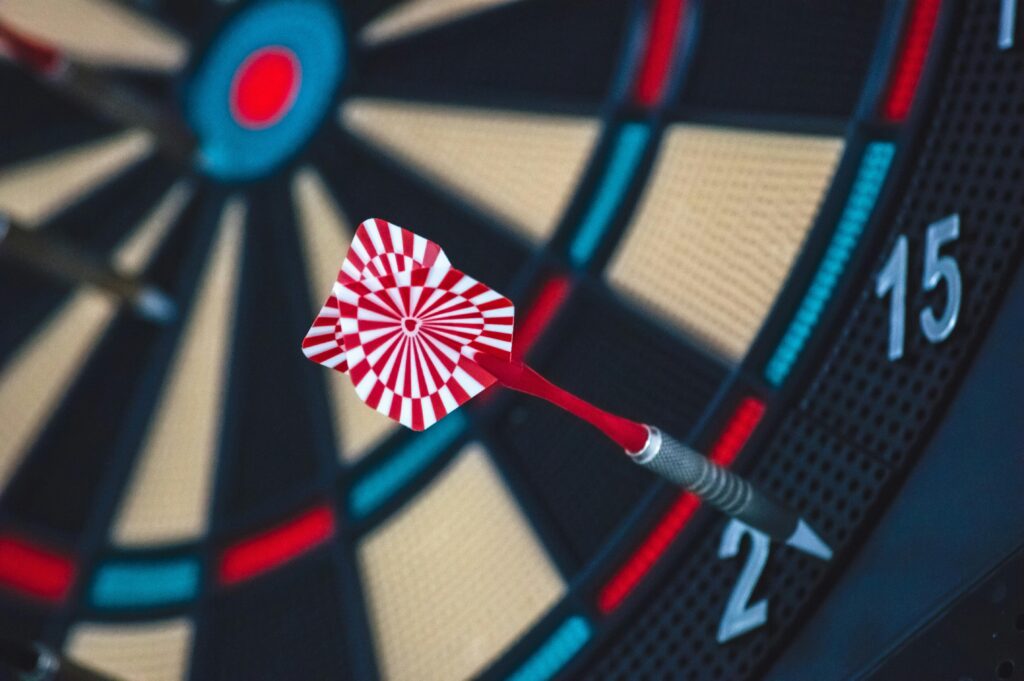24th May 2025
It can seem impossible to keep up your fitness progress, particularly if life throws you curveballs. Understanding how to maintain consistency with your fitness goals is essential to achieving tangible results, regardless of whether you’re just starting or have experienced a demotivating period. We’ll look at tried-and-true techniques, useful resources, and mental strategies in this guide to help you continue working out even on the most difficult days.

To command your body, you must first understand your mind. A lot of the time, consistency is more mental than physical. It stems from your surroundings, habits, and definition of success.
Repeated actions create neural connections in our brains, which increases the automaticity of such actions. Because success is easier when it feels effortless, it is imperative to start small. Additionally, the satisfaction that comes from finishing an exercise increases dopamine, which makes you want to do it again.

The key to success for both athletes and regular fitness warriors is simple, dependable patterns.
Many people get off to a great start but quickly lose it. Why? The biggest offenders are unrealistic expectations and a lack of a plan. Others lose interest as work stalls because they anticipate immediate results. When you combine inadequate recuperation and bad time management, it’s simple to see why gym subscriptions become underutilized after January.
The secret is to change your perspective so that you enjoy the process instead of being fixated on results. Anticipate obstacles, prepare for them, and accept that motivational swings are typical.
The most effective routine is one that you will truly stick to. This implies that it must fit your preferences, work schedule, family responsibilities, and way of life.

To begin, ask yourself: When do I feel most energized during the day? Which hobbies are enjoyable to me? Do I like working out in a group or alone? Create your plan appropriately and allow it to change as needed.
Personalization is what consistency requires, not perfection.
Although “Get ripped in 30 days” may make headlines, it puts you at risk for fatigue. Instead, make sure your goals are Time-bound, Relevant, Specific, Measurable, and Achievable. For instance: “For the next eight weeks, I will exercise for thirty minutes four days a week.”
Divide your long-term objective into more manageable milestones. Enjoy these victories. They serve as fuel for the future.
“I want abs” and other superficial desires gradually disappear. Look farther. Perhaps you want to live longer and prevent chronic illness, or you want to give your children more vitality. Regardless of your “why,” it should strike an emotional chord.

Put it in writing. On difficult days, go over it again. When you lack drive and discipline, your why will keep you going.
Workouts should be treated like meetings. Make a time block on your calendar. Don’t negotiate it.
Pro tip: Always have your training attire on hand and visible. There are fewer excuses when there is less friction.
Don’t overbook your schedule either. Start with two to three days a week if you’re new, then work your way up. Sustainability is more important than intensity.
Without question, you clean your teeth every day. What if everyone had the same perspective on fitness? Missing a workout feels as strange as missing breakfast when you make health a key value that you live by.

Make health the focal point of your identity. “I move every day” ends up becoming your catchphrase.
Your chances of maintaining a new habit are increased when you combine it with an already-existing one. Example: “I’ll perform ten squats after brewing my morning coffee.”
Over time, small adjustments produce enormous effects. Begin modestly. Stack wisely.
Apple Watches and Fitbits are two examples of wearables that can be excellent for accountability. However, avoid developing a preoccupation with numbers. Don’t use them as judgments, but as guidelines.
Pay more attention to trends in consistency than to everyday perfection. Your statistics will eventually show how committed you are.
The tone is set in the morning. You will feel happier, have more attention, and be more disciplined throughout the day if you exercise early.

Try a 20-minute workout, a 5-minute meditation, and a nutritious breakfast. You’ve won both the day and the morning.
Exercise is vital, but so is recuperation. Make an evening routine that tells your body it’s time to relax. Consider taking magnesium tea, stretching lightly, and shutting off screens an hour before bed.
Better sleep translates into better exercises and outcomes.
Proper fueling keeps you energized and speeds up your recuperation. Aim for a lot of fiber, balanced macros, and whole foods.
Once a week, prepare meals. Have some munchies on hand. Avoid letting hunger interfere with your plans.
Hydration Tricks to Improve Your Fitness Results
Performance and energy are sapped by dehydration. Try to drink two to three liters of water each day. Before you have coffee or breakfast, start your day with a big glass of water.
Pro tip: To make it more fun, add mint or lemon.
People flourish in groups. After you’ve finished working out, text a friend, sign up for a class, or hire a coach.
The knowledge that someone is observing, even if they are watching online, might be the motivation you need to keep moving forward.
Keep up with fitness influencers who motivate you. Participate in challenges. Tell us about your journey. Social media can be used to provide support rather than comparison when done properly.
Jot down your ideas, feelings, and workouts. Keep track of both successes and failures.
Maintaining a journal helps you stay motivated, honest, and mindful. It also demonstrates your development, which is a potent remedy for the feeling that you’re not making any headway.
Collided with a wall? Excellent. It indicates that you’re pushing boundaries. Now turn around. Try new things, add days off, or alter your schedule.
If you allow it, setbacks are opportunities for triumphs.
Tiny incentives sustain the spark. After ten sessions, treat yourself to a massage, or after reaching a milestone, purchase new equipment.

Incentives are what the brain craves. Take advantage of them.
Picture yourself reaching your fitness objective. Feel it. Look at it. Your brain is primed for action and success through visualization.
Try distance targets or monthly push-up competitions. The difficulty rekindles dedication, and the novelty keeps things interesting.
You are not required to train every day. Active recuperation, such as yoga or walking, maintains momentum without causing burnout.
Pay attention to your body. Before it yells, it whispers.
Not perfection, but progress. Failure is not missing a day, it’s quitting.
Keep in mind that consistency builds up over time. The important thing is to keep showing up.
Put on resistance bands, use hotel gyms, or perform circuits using your body weight. If you plan, there’s always a way.
On the road, consistency fosters resilience.
Establish a “minimum commitment” strategy. When you’re feeling low, spend five minutes. Often, you just need to start; emotion is produced by motion.

No gym? No issue. A yoga mat, a few weights, and resistance bands are plenty. Maintain a neat and welcoming environment. Excuses are more difficult to defend when you have a home gym.
Everybody has a place. Strength for metabolism, flexibility for mobility, and cardio for heart health. A well-rounded routine is more pleasurable and long-lasting.

There are countless possibilities, including Peloton, Nike Training Club, and YouTube. To lessen decision fatigue, adhere to planned strategies.
Let technology think for you. Moving is your responsibility.
Is it cold outside? Examine the circuits inside. Is it hot outside? Train early or go swimming. Adapt your plan to the changing seasons.

Consistency is more about processes than willpower. Create an atmosphere that helps you achieve your objectives. Honor little victories. Pardon mistakes. Above all, don’t stop. You’re not beginning anew. You’re off to a better start.
Recent Comments